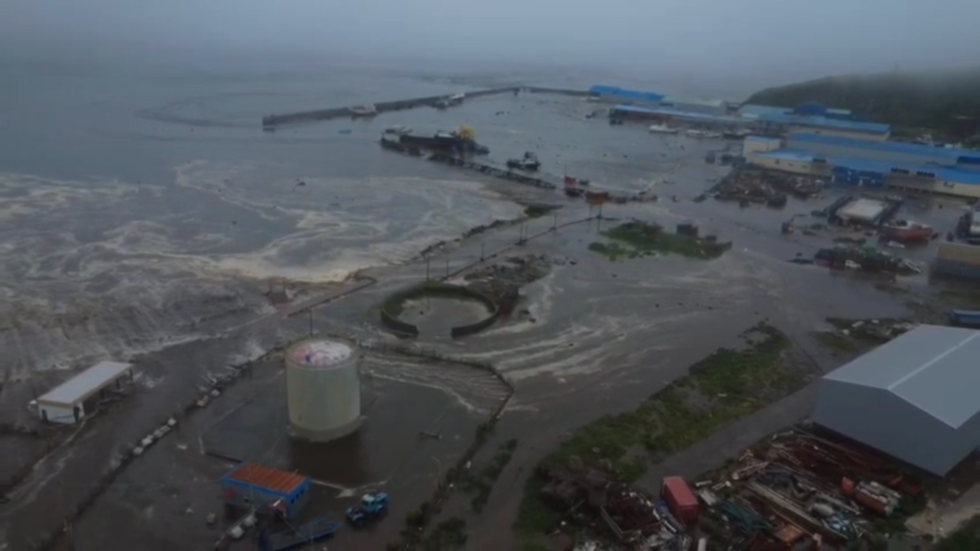A powerful 8.8-magnitude earthquake struck off the coast of Russia’s Kamchatka Peninsula on Wednesday, triggering tsunami warnings across the northern Pacific and prompting evacuations in coastal communities. The quake, which struck at approximately 11:30 a.m. local time 136 kilometers southeast of Petropavlovsk-Kamchatsky, was followed by multiple aftershocks and marked the region’s strongest seismic event since 1952, according to the Geophysical Service of the Russian Academy of Sciences.
Initial tsunami waves were reported within hours near Severo-Kurilsk, a coastal town in the Kuril Islands, where authorities ordered residents to evacuate to higher ground. Waves reaching up to 30 centimeters were later observed along the northern Japanese island of Hokkaido, as reported by Japan’s NHK broadcaster, with warnings that subsequent surges could grow larger. The rapid spread of alerts underscored the potential risks to communities thousands of kilometers from the epicenter.
The U.S. National Tsunami Warning Center issued advisories for coastal areas of Alaska, Hawaii, and the western continental United States, urging caution due to possible strong currents and hazardous waves. Canadian authorities also activated alerts for parts of British Columbia. While no immediate casualties or major damage were reported, officials emphasized that tsunami impacts could persist for hours, with the first waves often smaller than those that follow.
The Kamchatka Peninsula, part of the seismically active Pacific “Ring of Fire,” has a history of powerful earthquakes and volcanic eruptions. The 1952 quake referenced by Russian scientists triggered a Pacific-wide tsunami that caused significant damage as far as Hawaii and South America. While modern warning systems have improved preparedness, Wednesday’s event tested response protocols across multiple nations.
Emergency teams in affected regions remained on high alert, monitoring tide gauges and coastal conditions. In Severo-Kurilsk, residents recalled past disasters—such as a 1952 tsunami that devastated the town—as they moved to safety. Japanese authorities similarly activated evacuation plans in Hokkaido, though initial wave heights there remained below critical thresholds.
Tsunami advisories in the U.S. and Canada advised coastal residents to avoid shorelines and heed updates from local agencies. Scientists noted that while the earthquake’s magnitude was significant, the depth and location of the tectonic shift played a role in limiting more severe immediate impacts. However, the broad geographic scope of the warnings highlighted the interconnected risks of seismic activity in the Pacific basin.
As of Wednesday evening, monitoring continued across the region, with officials urging vigilance until all advisories are lifted. The event serves as a reminder of the persistent threat posed by subduction zone earthquakes, which can displace vast volumes of water and send destructive waves across ocean basins within hours.
